No. 49
Pick the best paint for the job
Get better-looking, longer-lasting results
On painting projects, there are two keys to success: careful preparation of the surface and using the right products. Prep work is usually tedious, but simple. Choosing paints and primers, on the other hand, is confusing. Even small stores carry dozens of types, and the labels often add to the confusion. So here’s a guide:
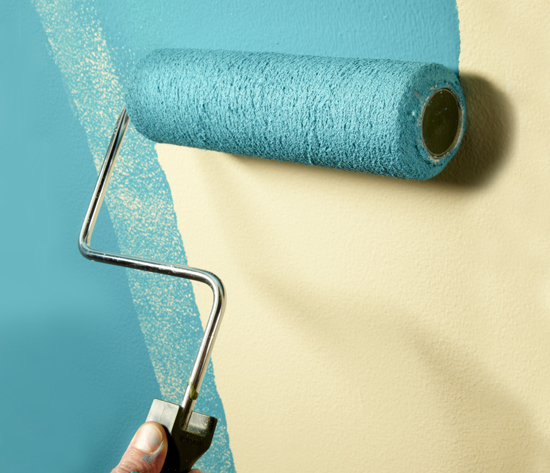
Acrylic latex: Usually the best choice
Most of the paint and primer cans on store shelves contain acrylic latex paint. And there’s a good reason for that. On most surfaces—wood, masonry, metal, drywall—it’s a proven performer, indoors and out. It’s also reasonably priced and water-based for easy cleanup.
Are expensive paints worth it?
Prices for paint and primer vary widely. One can of acrylic latex, for example, might cost four times as much as the acrylic latex on the next shelf. Some designer-brand paints give you medium quality at a high cost. But generally, higher cost means better coverage, a smoother finish and longer life.
Fight mildew
Got a mildew zone? Choose a paint that contains mildewcide or add mildewcide to the paint. Be sure to clean the area with 1:3 mix of bleach and water first.
Primer tips
• Use primer and paint from the same manufacturer. Many primers are formulated to work best with certain paints.
• Paint within 48 hours of priming. Many primers bond physically and chemically with the topcoat. But that bonding power diminishes quickly.
• Tint it. For no extra charge, the paint store can add some pigment to primer. That will get you one step closer to the final color you want and possibly eliminate one coat of paint. Primers are often tinted gray rather than the color of the topcoat.
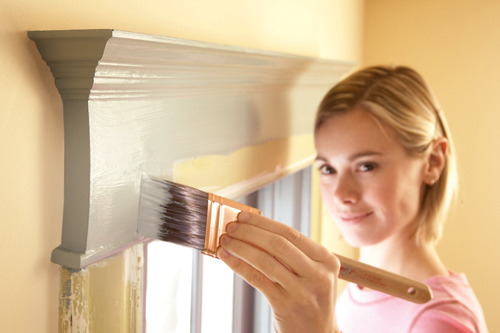
Smooth finishes on woodwork
For cabinets, doors or trim, you want a smooth finish. But some paints, even high-quality paints, just aren’t formulated for that. Smooth paints are usually labeled “enamel” or “door and trim.” Most are acrylic latex, but another category beats acrylic latex for smoothness: Water-based alkyds level out and dry smooth just like old-fashioned oil-based paints, but clean up with water. They’re also among the most expensive paints on the market. But when you consider all the time you’ll put into a first-class paint job, spending $20 more doesn’t seem so bad. Water-based alkyds are available at paint stores.
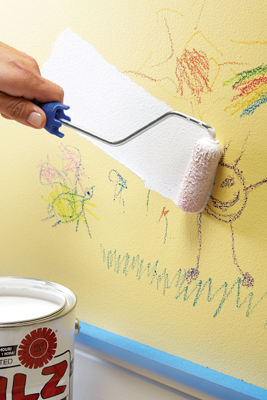
Block stains
Some stains—from smoke, water, crayons or markers—bleed through standard paints and primers no matter how many coats you apply. Some woods, especially cedar and redwood, contain natural pigments that bleed through paint. The solution is to start with a primer that’s formulated to seal in stains. Some come in spray cans, convenient for quick spot priming. Most pro painters report best results with oil-based products, but water-based primers are also available. Most stain-blockers also seal in odors such as tobacco smoke.
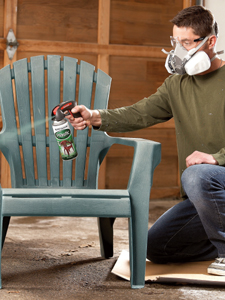
The best paint for plastic
Making paint stick to plastic was a problem for decades. But now spray paint manufacturers offer formulas just for that job. These paints don’t just stick; they fuse with plastic surfaces to form a nearly unbreakable bond.
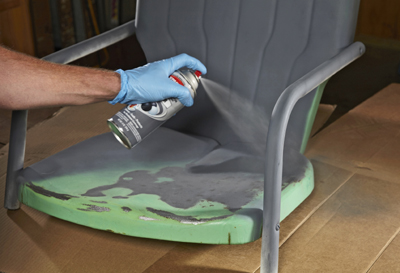
Smoother finishes on rough surfaces
If you want a smooth finish, check the label. Some metal primers are formulated to fill pockmarks and scratches. Some are also sandable, so you can smooth out rough spots after the primer dries.




